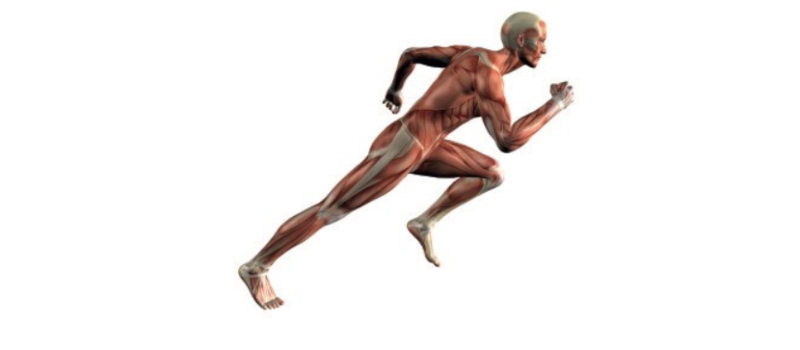Interval training is an excellent way to burn body fat and build sport-specific conditioning for virtually all team sports and martial arts. At YPSI, we recommend our customers to do interval training in the form of sprints in the fresh air and in the countryside. I explained in detail why I prefer interval training to classic cardio in the article “ Why classic cardio for fat loss is a waste of time ”.
Because intense interval training, or sprinting, is quite demanding on the exerciser, it's crucial to do a progressive warm-up beforehand to avoid injury. A warm-up for interval training must be structured differently than strength training due to the load and movement sequence. I explained the optimal warm-up for strength training in detail in the article of the same name. This article now goes into the optimal warm-up for interval training.
In general, lifters who haven't sprinted in the past six months should do at least six weeks of extensive interval training alternating between brisk jogging and walking, before moving on to sprints.
For intensive interval training, such as 45 seconds of sprinting alternating with 180 seconds of walking, an intelligent warm-up, ie extensive, cyclical and progressive, should take place just as with strength training.
A progressive, cyclical warm-up is my recommendation.
In practice it looks like this:
- Go
- Jog
- Go
– Faster jogging
- Go
– Even faster jogging
- Go
- Easy race
- Go
etc.
Warming up in this way gradually introduces the soft tissue, joints and nervous system to the higher load. This optimizes performance and reduces the likelihood of injury. Without raising the pulse too much and without generating pre-fatigue through the warm-up.
With strength training, of course, there are no runs before the workout, but rather the appropriate strength exercises, since these are the specific loads that will follow. More on this in the article of the same name Optimal warm-up for strength training .
From experience, the most common sprinting injury is a hamstring muscle injury, such as a strain or hamstring tear at higher speeds, and ankle, knee, and groin problems at lower speeds. The trigger for this is the high load when pulling/bending the knee joint during the sprint and the generally high forces that act during sprints. The reason for the injury is often a muscle that is too weak and possibly shortened/overactive structures. We can very often determine this by means of a corresponding mobility test with customers and seminar participants. Strength training offers an optimal opportunity to strengthen this weak link in the muscular chain and thus avoid injuries. For this purpose we use leg curls in the YPSI. Leg curls are a very important exercise for improving knee stability, increasing sprint speed and jumping power, and preventing injuries. In their function as squatters, the hamstrings are primarily fast-twitch dominant, so I recommend no more than 8 reps per set for best results. The one-legged variant should also be trained from time to time in order to identify and correct any imbalance between the left and right leg.
A muscle that is too short is also always too weak because it cannot contract optimally. Stretching in the form of stretching exercises, for example from the book " Stretch to win " or - even more effective - in the form of treatments by a certified fascial stretch expert, such as my sister Katharina Unsöld , ensure better mobility and regeneration. This is particularly necessary for those who exercise sedentarily, drive a lot and are exposed to a lot of stress.
In addition to creating muscular balance through strength training and stretching, it is also crucial to periodize the interval training in such a way that the trainee is gradually introduced to the new movement pattern and, above all, the higher forces. In module 6 of the YPSI trainer license, half a day revolves around the topic of Energy Systems Training - the composition, structure and periodization of interval training.
Good luck with the right warm up for intervals!
Image: Sprint anatomy.

